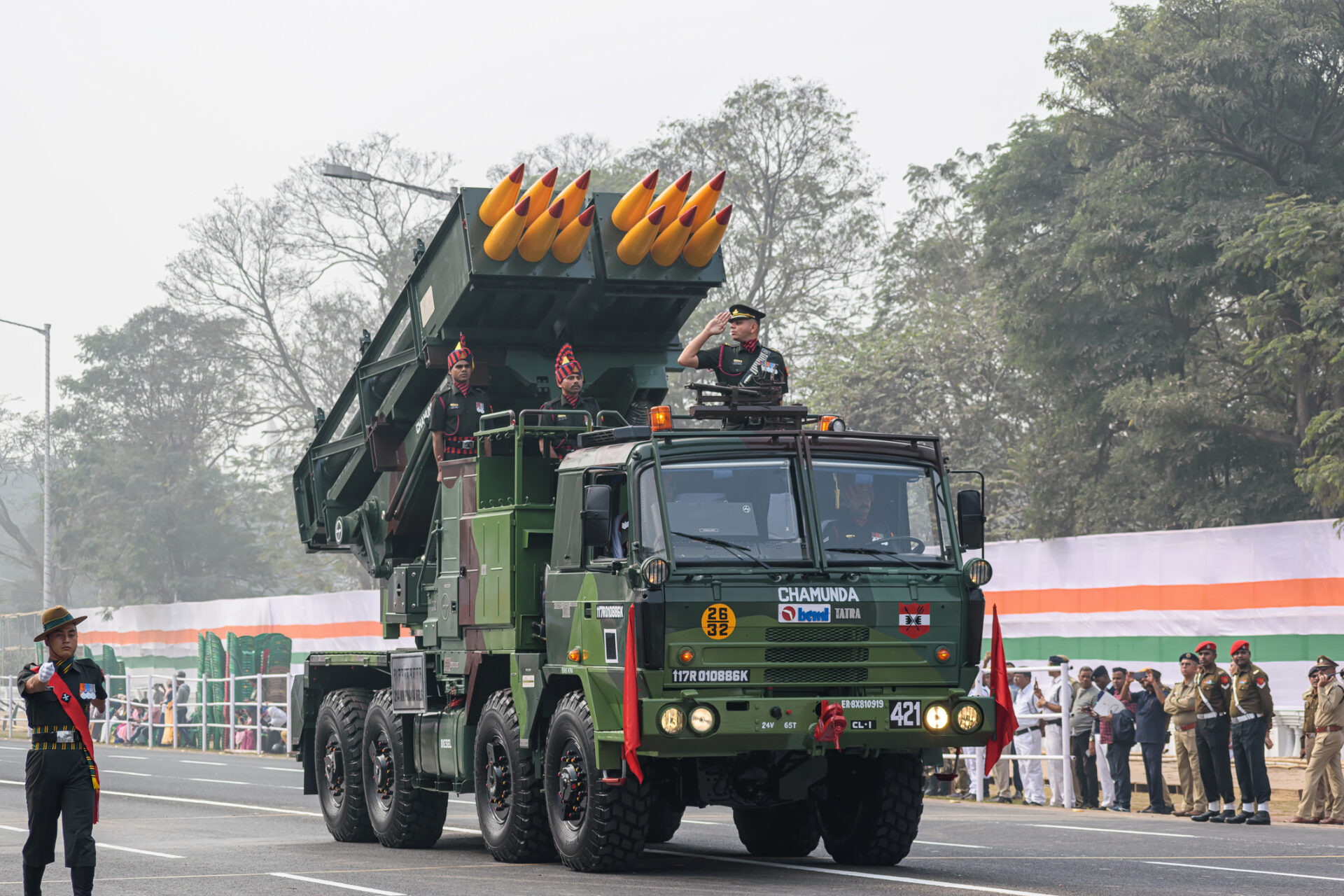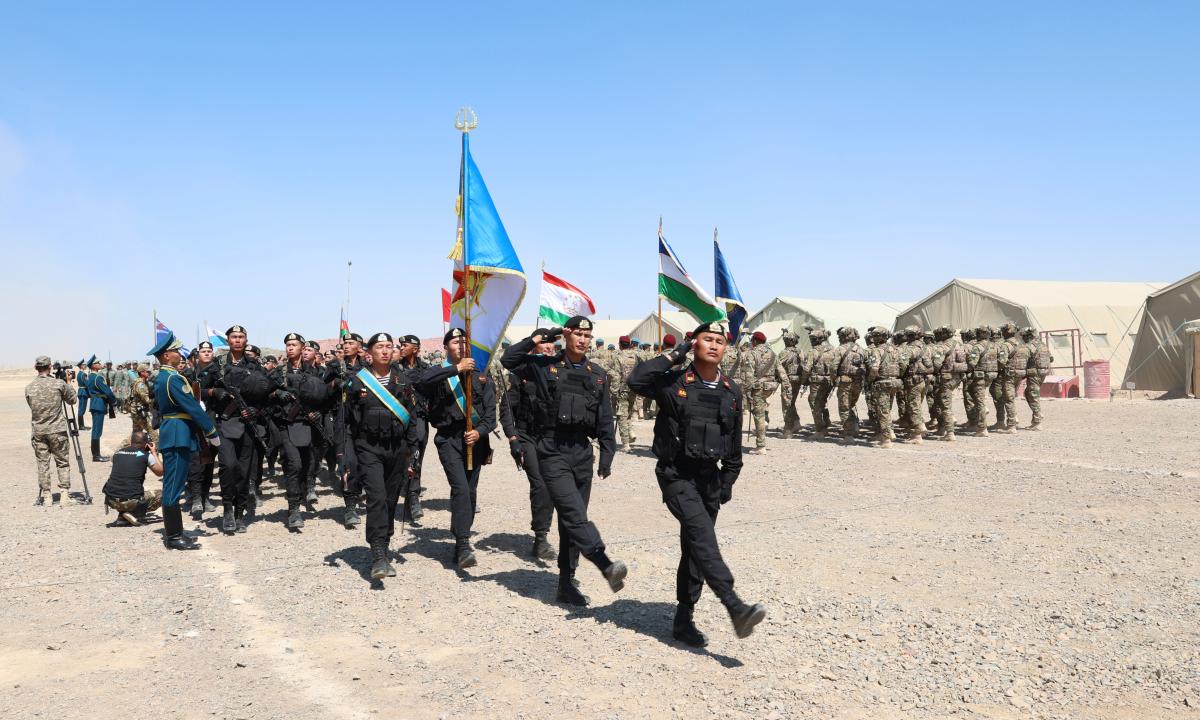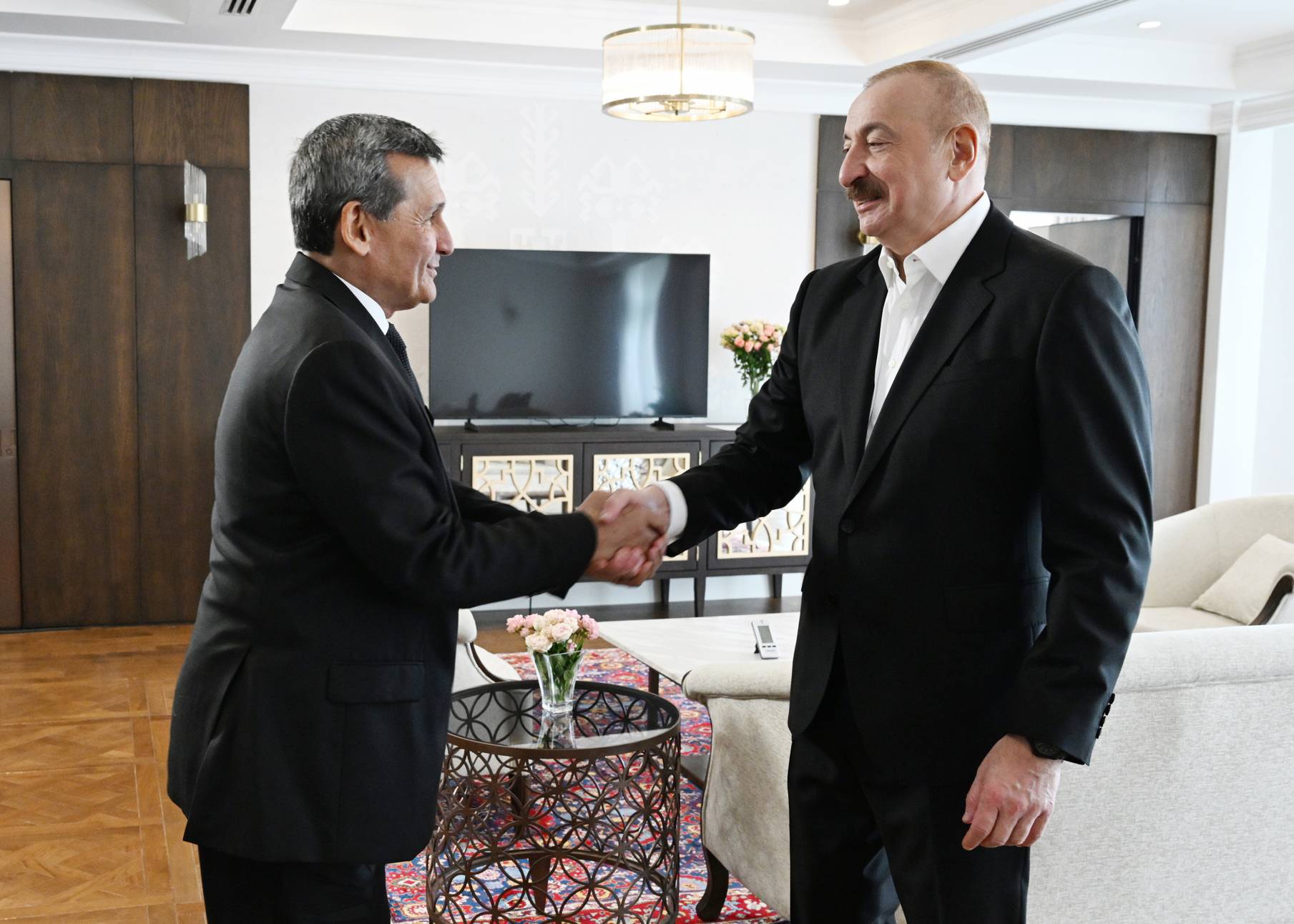
Armenia to Purchase Indian Fighter Jets
Armenia to Purchase Indian Fighter Jets
Executive Summary:
- Armenia is finalizing a $3 billion agreement to purchase eight to twelve Indian-manufactured Su-30MKI multirole fighter jets, with deliveries scheduled between 2027 and 2029.
- This acquisition aims to counter Azerbaijan’s recent procurement of 40 JF-17 Block III aircraft from Pakistan, effectively extending the India–Pakistan rivalry into the South Caucasus region
- While the deal diversifies Yerevan’s defense partnerships away from Russia, Azerbaijan’s upgraded JF-17s—featuring Chinese and Turkish technology—may still hold a tactical advantage.
Armenia is reportedly nearing a $3 billion deal to purchase Su-30MKI fighter jets from India. Built by Hindustan Aeronautics Limited, the Su-30MKI is a multirole fighter jet with advanced avionics, dual-engine thrust-vectoring, and significant weapons-carrying capacity. Under the deal, India will begin delivery of the first batch of eight to twelve aircraft to Armenia in 2027 and complete it by 2029 (Indian Defense News, October 28; Open Caucasus Media, October 31). The deal between India and Armenia comes after Azerbaijan’s recent purchase of 40 JF-17 Thunder Block III aircraft from Pakistan, India’s main geopolitical rival. In October, the arrival of Pakistan’s JF-17 fighter jets in Azerbaijan sent a ripple of anxiety through Yerevan. At the end of October, the Inter-Services Public Relations (ISPR), the Pakistan military’s media wing, also announced a joint combat exercise with Azerbaijan, saying an air force contingent comprising JF-17 Thunder Block-III fighter jets arrived in Azerbaijan for a bilateral aerial combat exercise (Dawn, October 19). Additionally, on November 8, Azerbaijani President Ilham Aliyev confirmed that JF-17 Thunder Block III fighters were included in Azerbaijan’s military armament (President of Azerbaijan, November 8). The deal between Armenia and India is believed to enhance Armenia’s long-range air combat capabilities and could serve as a strategic counter to Azerbaijan’s growing defense partnership with Pakistan (Indian Defense News, October 28).
Pakistan and India are set to trigger an arms race in the South Caucasus. The Yerevan–New Delhi deal also reflects the pursuit of the “enemy of my enemy is my friend” line as a countermeasure to Azerbaijan’s acquisition of JF-17 fighters from Pakistan (The Week, October 27). Armenia’s deal with India is part of Yerevan’s strategy to diversify its defense partnerships away from its traditional reliance on Russia (see EDM, September 12, 2024). Armenia has already purchased Pinaka multiple-launch rocket systems, Swathi counter-battery radars, and ATAGS 155mm howitzers from India (Open Caucasus Media, October 31). The deal is one step in India’s efforts to establish its footprint as an arms supplier in a region where Russia and Türkiye have been the key players (Indian Defense News, October 28).
The Su-30MKI is a multi-role fighter jointly developed by Russian aircraft maker Sukhoi and India’s HAL Limited, and is a variant of the Russian-made Sukhoi Su-30. The aircraft is a two-seater fighter and one of the backbones of the Indian Air Force combat fleet, and has recently been integrated into India’s navy as well. It has twin AL-31FP thrust-vectoring engines and an advanced radar suite, and can integrate munitions of both Indian and Russian origin. The Su-30 MKI has a combat range of 3,000 kilometers (about 1,864 miles), which can be extended to 8,000 kilometers (about 4,970 miles) with in-flight refueling (The Week, October 27; Indian Defense News, October 28). The Su-30MKI variant that Armenia is set to purchase is fitted with Indian-made Uttam AESA radar, an advanced electronic-warfare suite, and Astra MK-1 and MK-2 beyond-visual-range missiles. These upgrades are poised to turn the Armenian variant into the most advanced export version of the Su-30MKI, thereby enhancing Armenia’s situational awareness and air-combat endurance in future potential conflicts (Open Caucasus Media, October 31).
The JF-17 Block III variant, on the other hand, has been jointly developed by Pakistan and the People’s Republic of China (PRC). The aircraft is known for its superior maneuverability, enhanced combat capabilities, and better stealth characteristics. In February 2024, Azerbaijan signed a deal with Pakistan to acquire JF-17 Block III aircraft. The deal package also covered pilot training and armaments for the fighter jet. In September 2024, Azerbaijani President Ilham Aliyev announced that JF-17 jets had been integrated into Azerbaijan’s Air Force (President of Azerbaijan, September 25, 2024). Azerbaijan is set to arm its JF-17 Thunder Block III fighter jets with Türkiye’s cutting-edge Gökdoğan Beyond-Visual-Range Air-to-Air Missile (BVRAAM) and Bozdoğan Within-Visual-Range Air-to-Air Missile (WVRAAM). This upgrade will enhance the Azerbaijani Air Force’s aerial firepower (Defence Security Asia, March 1).
The JF-17 Block III has been integrated with the PRC-made Active Electronically Scanned Array (AESA) radar, which is comparable to the AN/APG-81 radar on the U.S. fifth-generation F-35 fighter jet. The aircraft is equipped with PL-15 and has an operational range of up to 300 kilometers (about 187 miles). These upgrades give JF-17 Block III an edge over the air-to-air missiles currently used by Indian fighter jets (Defence Security Asia, September 26, 2024). In May, the Pakistan Air Force deployed its JF-17 Thunder Block III variant jets against India and shot down at least five Indian aircraft, including the Rafale jets India purchased from France under an $8.8 billion deal. Pakistan used the PRC’s advanced PL-15E air-to-air missiles to shoot down the Indian aircraft (Dawn, May 9).
Azerbaijan’s JF-17 Block III fighter variant is more advanced, incorporating technology from the PRC’s fifth-generation J-20 fighter jet. It will not only be armed with Turkish-made air-to-air missiles but also equipped with avionics developed by Turkish defense companies. The aircraft will be upgraded to carry some of the core functions of the PRC’s J-20 fighter jet (Defence Security Asia, September 26, 2024). The acquisition of Su-30MKIs will provide Armenia with a deterrence against Azerbaijan’s recently acquired fleet of JF-17 Block-III variants. With significant upgrades, however, the JF-17 aircraft is believed to give the Azerbaijani Air Force an edge over its rival in the South Caucasus.


